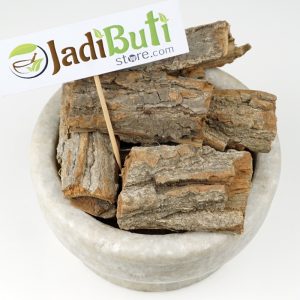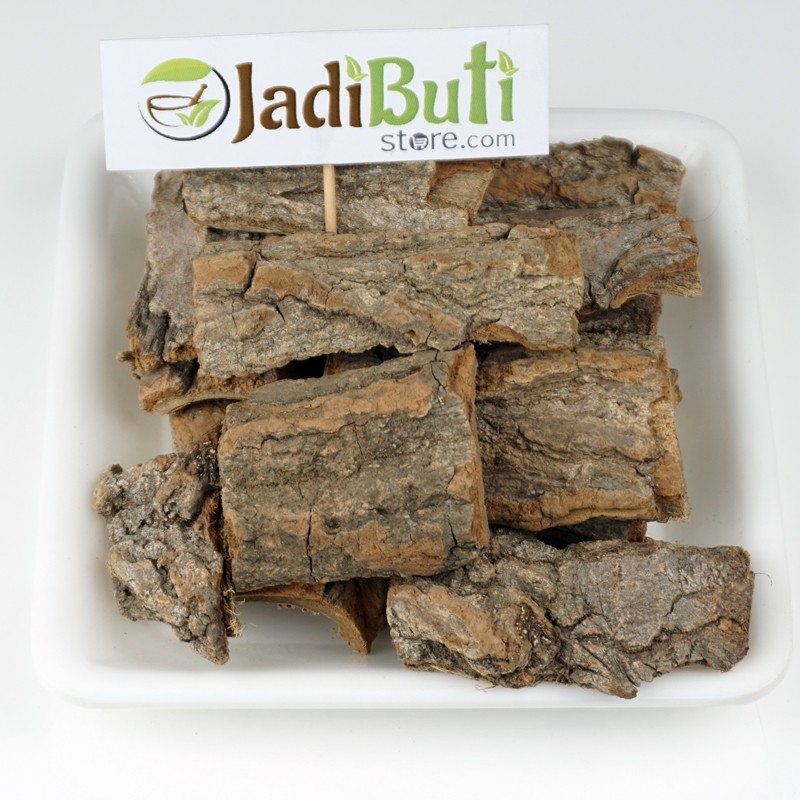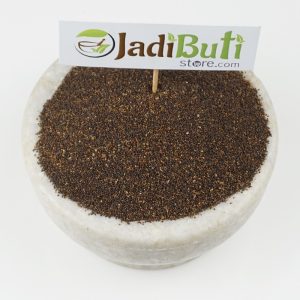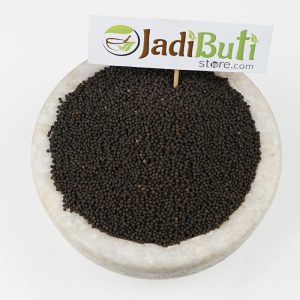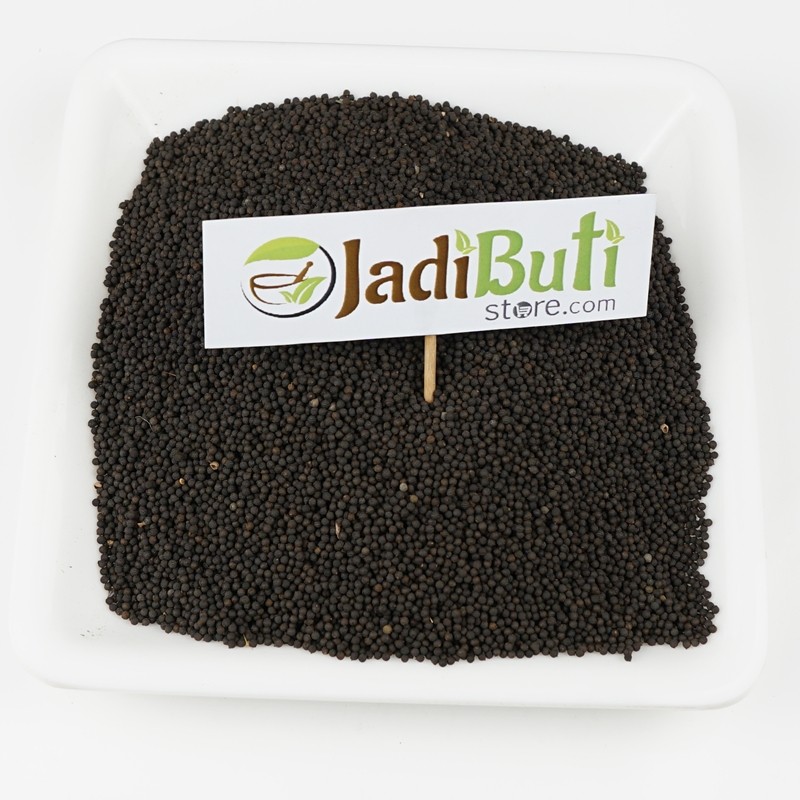Home
Showing 181–192 of 227 results
-
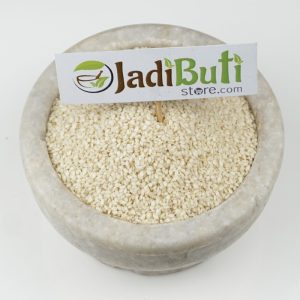
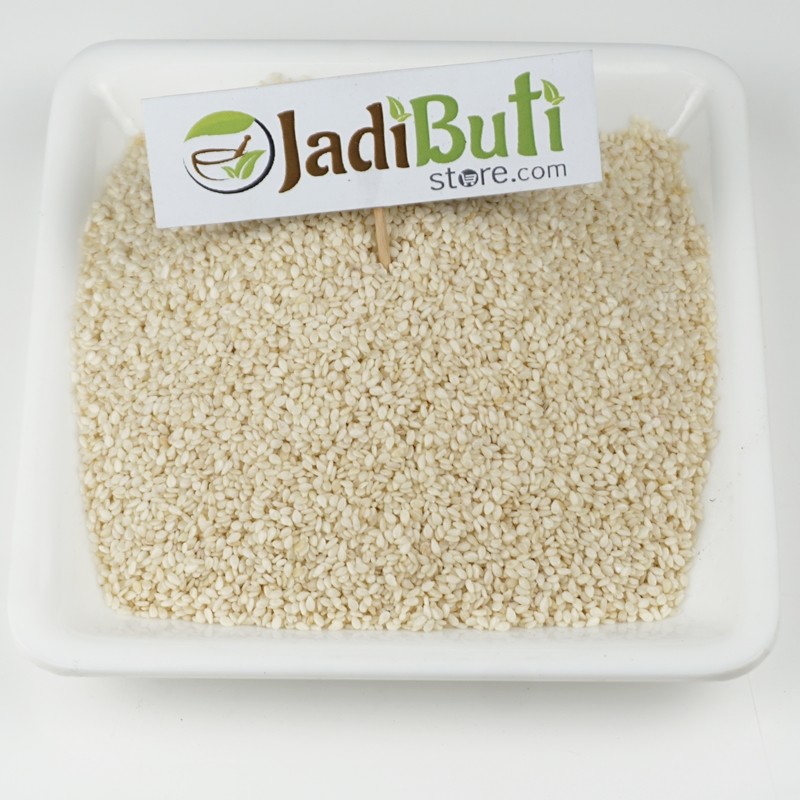
Safed Til – सफ़ेद तिल – WHITE SESAME SEEDS – SESAMUM INDICUM
₹120.00 – ₹890.00Quick ViewSafed Til – सफ़ेद तिल – WHITE SESAME SEEDS – SESAMUM INDICUM
Mostly, sesame is used with food in the winter season. There are three kinds of sesame according to color as- white, red and black. Mostly, black sesame is used in the medicines. Sesame and sugar are used to make rebri. It is grown in enough quantity in India. Sesame can be grown alone or with crop of cotton or cattail or myrabalan chebulie or groundnut. India is excellent place to grow sesame.
Sesame oil: Sesame oil is heavy, wet and warm in nature. It increases body strength, memory power, Wellness power and appetite. It helps in stool clearly and improves the skin color. It cleans and purifies the uterus. It normalizes vatta, pitta and kahpa. It is useful for the treatment of blood disorders caused by bile, diabetes, ears pain, Vulva pain and headache.
Name in different languages:
English : Gingeli sesame
Hindi : Til, Tilli ka tel
Sanskrit : Til, Tilli ka tel
Gujarati : Tal, Bheethu tel
Marathi : Til, Gouda tel
Bengali : Til
Parsian : Kunjand, Rogan kunjand
Arab : Sheeraj, Simsim, Samsam, Hul
Scientists : Setumun orintel
Color: white
Taste: Its juice is bitter, sweet, pungent and spicy.
Structure: One year’s plant of sesame is soft and hairy. Its tree is about 15-36 inches high. Its leaves’ upper part is simple, rectangle and in garland shape. Its leaves’ front part has lines and middle part is conical. Its leaves sides are divided in many parts like teeth. Its flowers are one and half inches long, purple, white and with yellow marks. Its pods are 2 inches long, quartern and front part is blunted.
Nature: Sesame is heavy, hot in nature and smooth. The light yellow liquid, which is extracted from sesame, is called sesame oil or sweet oil. Its offensive smell is interested. Its oil contains protein elements. Its seeds contain sisemolin, simemia, lypage, pradhanta, oitic, nicotinic acid, pamitic and linolic acid. Its seeds also contain styaric and glysraidus of arecidic acid in less quantity.
Precaution: Pregnant woman should not take sesame because it is very harmful for her.
-

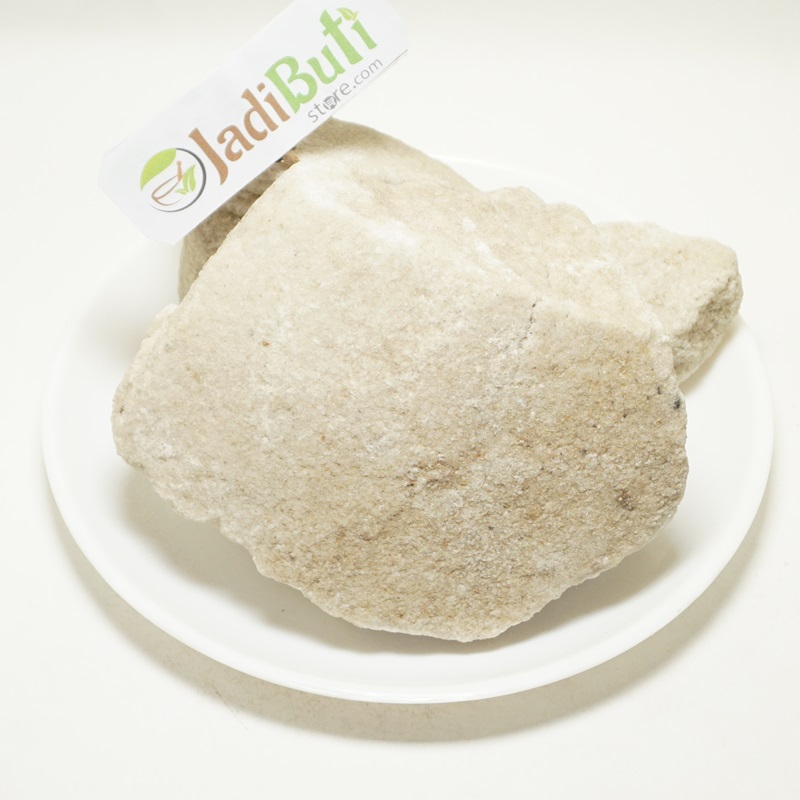
Sajjikhar – सज्जीखार – Haloxylon – Salsola stocksii
₹90.00 – ₹690.00Quick ViewAyurvedic Properties:
- Rasa (Taste): Sour
- Virya (Energy): Cooling
- Vipaka: Sour
- Guna (Quality): Light, Dry
Benefits of Sajjikhar: Digestive Health, Diuretic, Respiratory Health, Skin Health, Weight Loss, Pain Relief, Anti-inflammatory, Anti-allergic, and Anti-fungal.
-

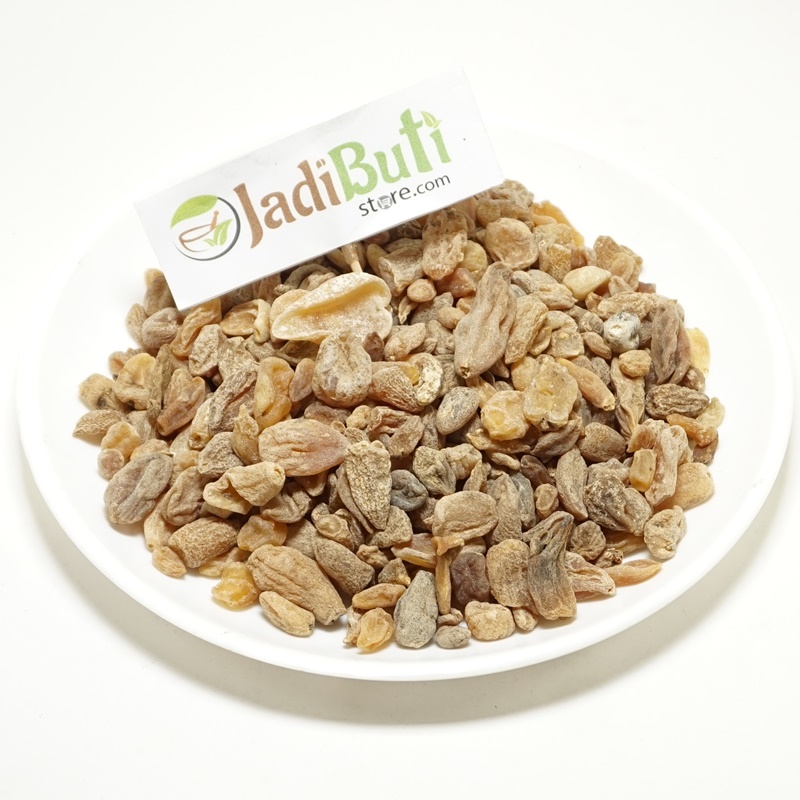
Salab mishri – सालब मिश्री – Salep Orchid – Orchis latifolia
₹1,100.00 – ₹22,200.00Quick ViewSalab mishri is known in Ayurveda for its aphrodisiac properties and is used to improve sexual health and performance. Additionally, it is believed to have the following Ayurvedic properties:
- Vata balancing: Salab mishri is said to have a balancing effect on the Vata dosha, which is responsible for bodily movement and nervous system function.
- Pitta cooling: It is also believed to have a cooling effect on the Pitta dosha, which regulates digestion, metabolism, and energy production.
- Kapha stimulating: Salab mishri is thought to have a stimulating effect on the Kapha dosha, which is responsible for stability, lubrication, and immunity.
- Digestive stimulant: Salab mishri is used in Ayurveda to stimulate digestion and improve appetite.
- Respiratory tonic: It is also believed to have a toning effect on the respiratory system, helping to alleviate conditions such as asthma and bronchitis.
Overall, Salab mishri is considered to be a valuable herb in Ayurveda due to its various medicinal properties and its ability to support overall health and wellbeing.
-
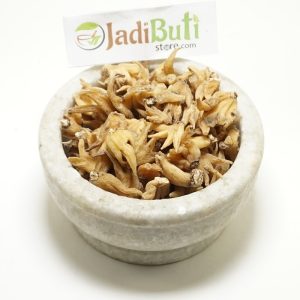

Salab Panja – सालब पंजा – Salep Orchid – Orchis latifolia
₹1,400.00 – ₹22,200.00Quick ViewSalab Panja – सालब पंजा – Salep Orchid – Orchis latifolia.
Ayurvedic classification and properties of Orchis latifolia:
Ayurvedic Classification Description Sanskrit Name Salabpunja (सालबपंजा) English Name Salep Orchid Botanical Name Orchis latifolia Family Orchidaceae Parts Used Tubers, roots Taste (Rasa) Sweet (Madhura) Energy (Virya) Cooling (Sheet Virya) Post-Digestive Effect (Vipaka) Sweet (Madhura) Dosha Effect Balances Pitta and Kapha doshas, may aggravate Vata dosha in excess Tissue (Dhatu) Affinity Reproductive tissue (Shukra dhatu) Channel (Srotas) Affinity Reproductive, urinary, and respiratory system Action (Karma) Aphrodisiac, nutritive, demulcent, diuretic, expectorant Active compounds and benefits found in Orchis latifolia (Salab panja) :
Active Compound Benefits Flavonoids Antioxidant, anti-inflammatory, and anti-cancer properties Tannins Anti-inflammatory, antimicrobial, and astringent properties Phenolic compounds Antioxidant and anti-inflammatory properties Glycosides Cardiotonic, diuretic, and anti-inflammatory properties Alkaloids Analgesic and anti-inflammatory properties Saponins Anti-inflammatory, antifungal, and antibacterial properties Terpenoids Antioxidant, anti-inflammatory, and anticancer properties Starch Provides energy and supports digestion -

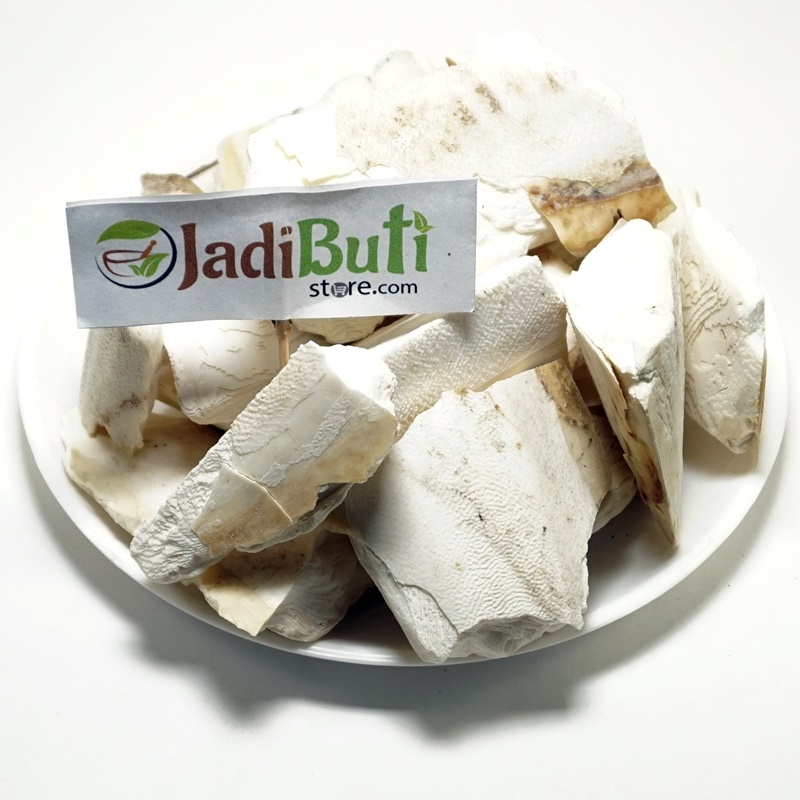
samudri jhaag – समुद्री झाग – Samunder Fen – Marine Foam
₹140.00 – ₹1,100.00Quick Viewsamudri jhaag – समुद्री झाग – Samunder Fen – Sepiae Os.
Samundari jhaag English name – Samunder Fen, Cuttlebone
Samundari jhaag Hindi name – samudri jhaag, Chitraka
Samundari jhaag Latin name – Sepiae Os
Samundari jhaag Sanskrit : Chitraka
Samundari jhaag Bengali : Chitra
Samundari jhaag Tamil : Chittarai
Samundari jhaag Telugu : Chitraka
Samundari jhaag Kannada : Chitrakayi
Samundari jhaag Marathi : Chitra
-

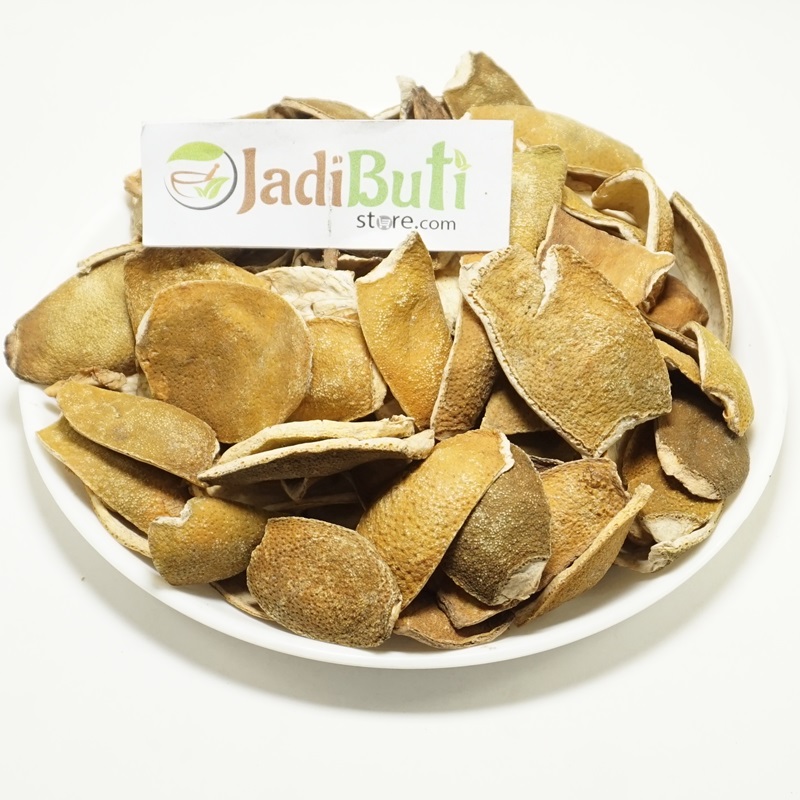
santra chilka – संतरा छिलका – Orange Peel – Citrus aurantium
₹100.00 – ₹800.00Quick ViewOrange peel refers to the outer, colored skin of oranges, which is typically removed and discarded before eating the fruit. However, orange peel has been used for centuries in traditional medicine systems like Ayurveda, as it is rich in beneficial plant compounds.
Here are some Ayurvedic properties and health benefits associated with orange peel:
Ayurvedic Properties:
- Rasa (taste): Bitter (tikta), Astringent (kashaya), Pungent (katu)
- Virya (energy): Cooling (shita)
- Vipaka (post-digestive effect): Pungent (katu)
- Doshas (constitutions): Balances Kapha and Pitta, aggravates Vata in excess.
Health Benefits:
- Digestive health: Orange peel is believed to stimulate digestion, relieve indigestion, and reduce bloating and gas.
- Immune system health: Orange peel is rich in vitamin C, which can help to support the immune system and protect against infections.
- Respiratory health: Orange peel is believed to have expectorant properties, which can help to relieve respiratory congestion and promote the elimination of mucus from the lungs.
- Skin health: Orange peel is often used in Ayurvedic preparations for skin health, as it is believed to have anti-inflammatory and wound-healing properties.
- Anti-inflammatory properties: Orange peel is believed to have anti-inflammatory properties, which can help to reduce inflammation and pain in the body.
- Antioxidant properties: Orange peel contains flavonoids and other antioxidants, which can help to protect the body against damage from free radicals.
It is important to note that more scientific research is needed to validate these benefits and to determine the safety and effectiveness of orange peel for these uses. It is also recommended to use organic oranges when using the peel, to avoid ingesting pesticides or other harmful chemicals.
-
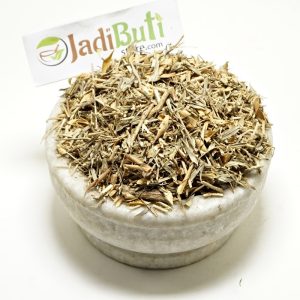

Sarphokha – सरफोखा – Purple Tephrosia – Tephrosia purpurea
₹190.00 – ₹1,455.00Quick ViewSarphoka (Tephrosia purpurea):
Common Name: Sarphoka, wild indigo, purple tephrosia, fish poison plant
Scientific Name: Tephrosia purpurea
Family: Fabaceae
Parts Used: Whole plant, roots, leaves, seeds
Ayurvedic Properties:
- Rasa (taste): Bitter (tikta), Pungent (katu)
- Virya (energy): Hot (ushna)
- Vipaka (post-digestive effect): Pungent (katu)
- Doshas (constitutions): Pacifies Kapha and Pitta
Health Benefits:
- Digestive health
- Respiratory health
- Skin health
- Liver health
- Anti-inflammatory and analgesic properties
- Anti-cancer properties (preliminary research)
Note: Sarphoka should be used under the guidance of a qualified Ayurvedic practitioner. It is not recommended for pregnant or lactating women and should be used with caution in individuals with liver or kidney disease.
-
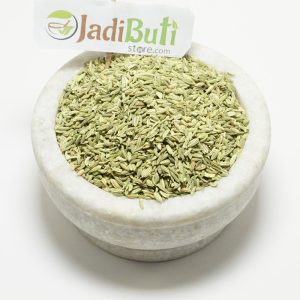

Saunf(Organic) – सौंफ – Fennel Seeds – Foeniculum vulgare
₹140.00 – ₹1,060.00Quick ViewCommon Name: Fennel Seeds
Botanical Name: Foeniculum vulgare
Plant Family: Apiaceae (Umbelliferae)
Parts Used: Seeds, leaves, and bulbs
Native Region: Mediterranean region
Taste (Rasa): Sweet (Madhura), bitter (Tikta)
Energy (Veerya): Cooling (Sheet)
Post-Digestive Effect (Vipaka): Sweet (Madhura)
Doshas: Balances Pitta and Kapha doshas
Chemical Composition: Fennel seeds contain essential oils, flavonoids, phenolic compounds, and fatty acids.
Traditional Uses:
- Digestive Health: Fennel seeds are commonly used to promote digestion and alleviate digestive issues like bloating, gas, and indigestion.
- Respiratory Health: Fennel seeds are believed to help alleviate respiratory issues like coughs, bronchitis, and asthma.
- Women’s Health: Fennel seeds are commonly used to alleviate menstrual cramps and other symptoms of menstrual disorders. They are also believed to help increase breast milk production in lactating mothers.
- Eye Health: Fennel seeds are thought to help improve eye health and alleviate eye disorders like conjunctivitis.
Modern Uses:
- Fennel seeds are used in the food and beverage industry as a flavoring agent in various dishes and beverages, including teas, liquors, and baked goods.
- Fennel seeds are used in some natural and traditional medicine systems for various health benefits.
- Fennel essential oil is used in aromatherapy for its calming and soothing effects.
Precautions/ Side Effects:
- Fennel seeds may cause allergic reactions in some individuals.
- High doses of fennel seeds may have toxic effects and can cause symptoms like nausea, vomiting, and seizures.
- Pregnant women should avoid consuming large amounts of fennel seeds as it may stimulate uterine contractions.
- Fennel seeds may interact with certain medications, so it is important to consult with a healthcare provider before using fennel seeds for medicinal purposes.
-


Semal phool – silk cotton tree – Bombax B. ceiba
₹140.00 – ₹1,135.00Quick ViewSemal Flower, Silk Cotton Tree Flower
Scientific Name: Bombax ceiba
Benefits in Ayurveda:
Health Benefit Description Respiratory Health promote healthy lungs and clear airways Digestive Health support healthy digestion and relieve digestive issues Wound Healing speed up the healing process of wounds and injuries Immune System Support boost the immune system and protect against infections Anti-inflammatory reduce inflammation and pain in the body Analgesic relieve pain, such as headaches and menstrual cramps Anti-microbial fight against bacterial and fungal infections Stress-Relieving promote relaxation and reduce stress levels Cardioprotective regulate blood pressure and prevent cardiovascular diseases Anti-cancer have anti-tumor and anti-cancer effects Aspect Classification Taste (Rasa) Sweet (Madhura) Energy (Virya) Cooling (Shita) Post-Digestive Effect (Vipaka) Sweet (Madhura) Effect on Tridosha Balances Kapha and Pitta, aggravates Vata

